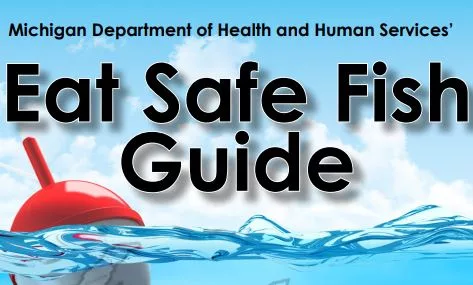
The Michigan Department of Health and Human Services has released the 2023 update to its Eat Safe Fish Guide, which provides guidelines for eating locally caught fish. Department toxicologist Brandon Reid tells us due to chemicals in state waters, it’s important to know which fish are safe to eat, and how much one should eat. The guide covers the different contaminants and in which waterways they can be found.
“They include mercury, which is probably the most common one people know about, and there’s also chemicals called PCBs and dioxins, which are highly persistent contaminants,” Reid said. “Then there’s PFAS, and in particular, chemicals called PFOS.”
Some fish are safer to eat than others.
“Fish like carp and catfish that feed near the bottom of lakes and rivers tend to have higher levels of chemicals because the bottoms of those lake and rivers, the sediment is where a lot of chemicals store up.”
Larger fish are also a bigger problem. Of course, Reid notes PFOS is now showing up in smaller fish that normally would not be as much of a concern. A new recommendation this year concerns smelt caught in Lake Michigan, which are showing that PFOS. The state only recommends one serving per month. You can find all of the information in the guide, which also covers the serving sizes recommended for different body weights. You can find the guide for southwest Michigan right here.








